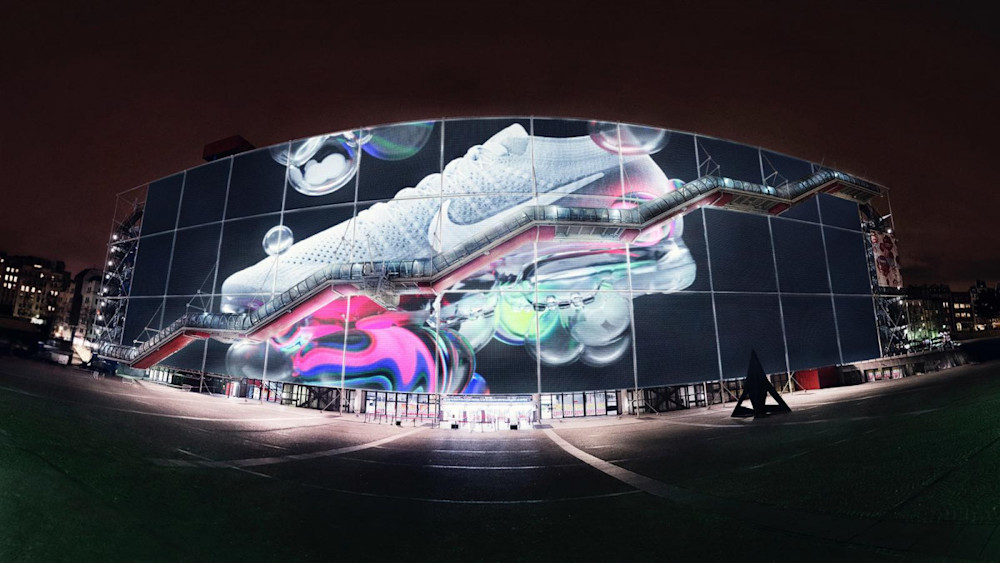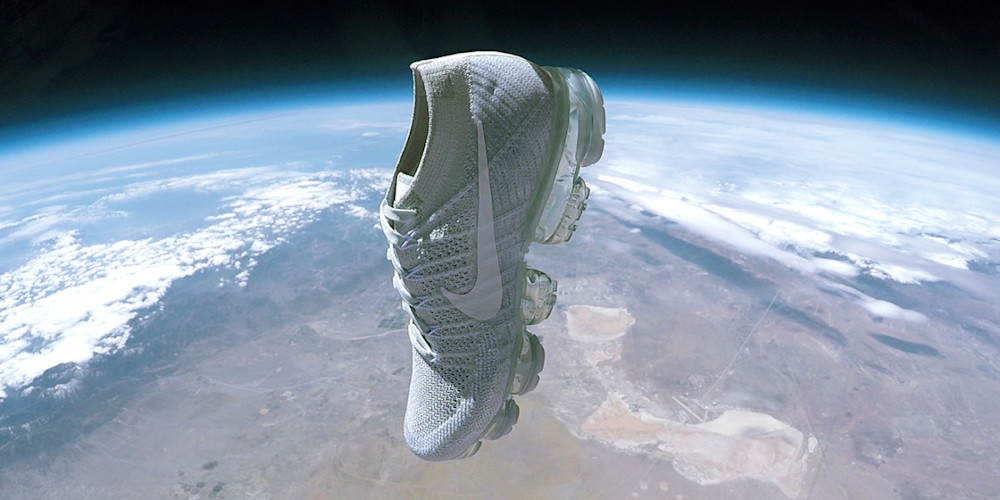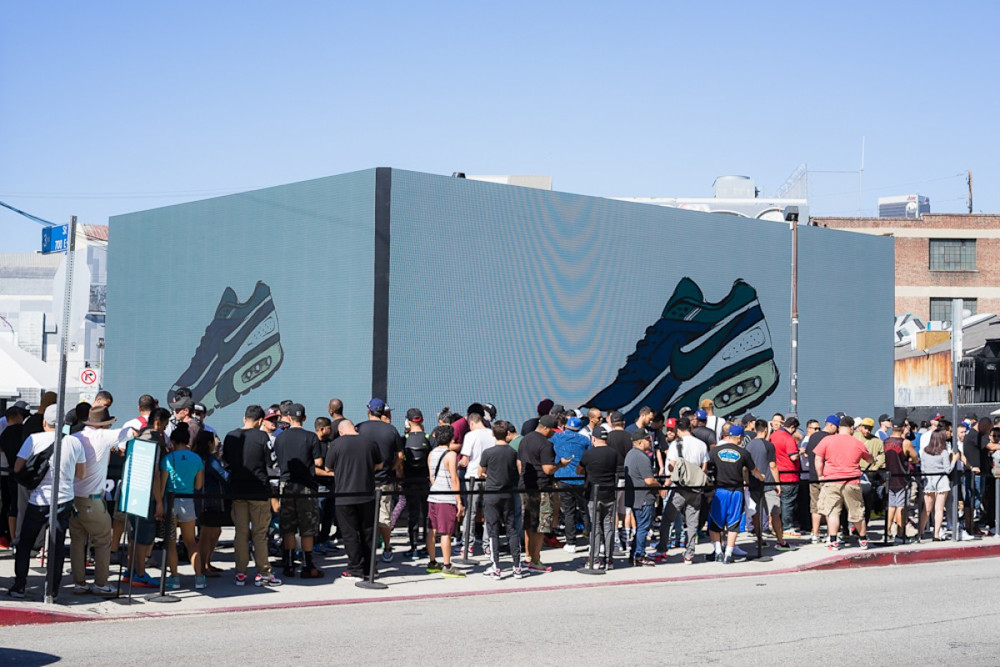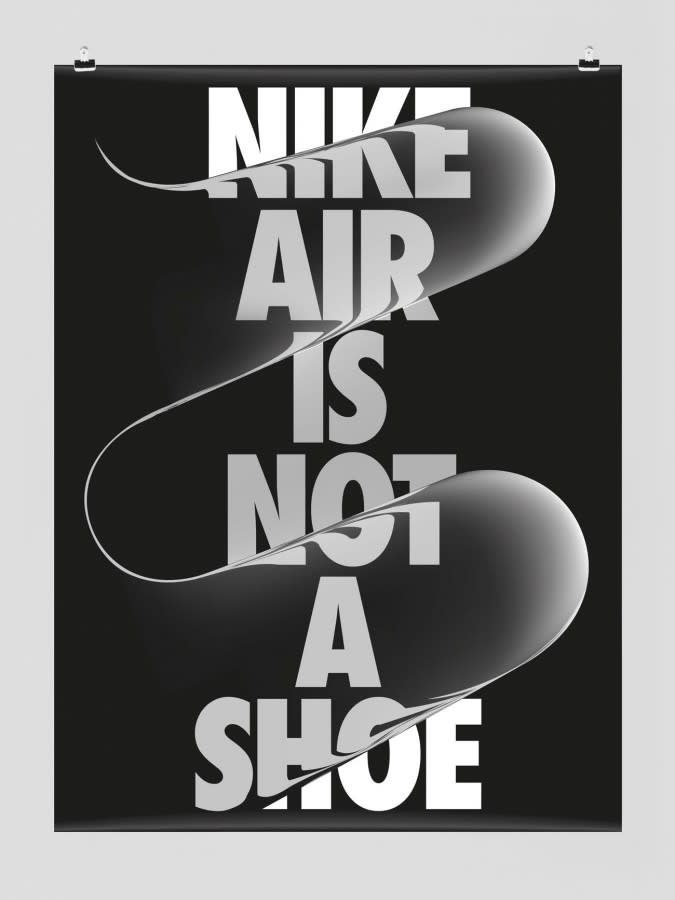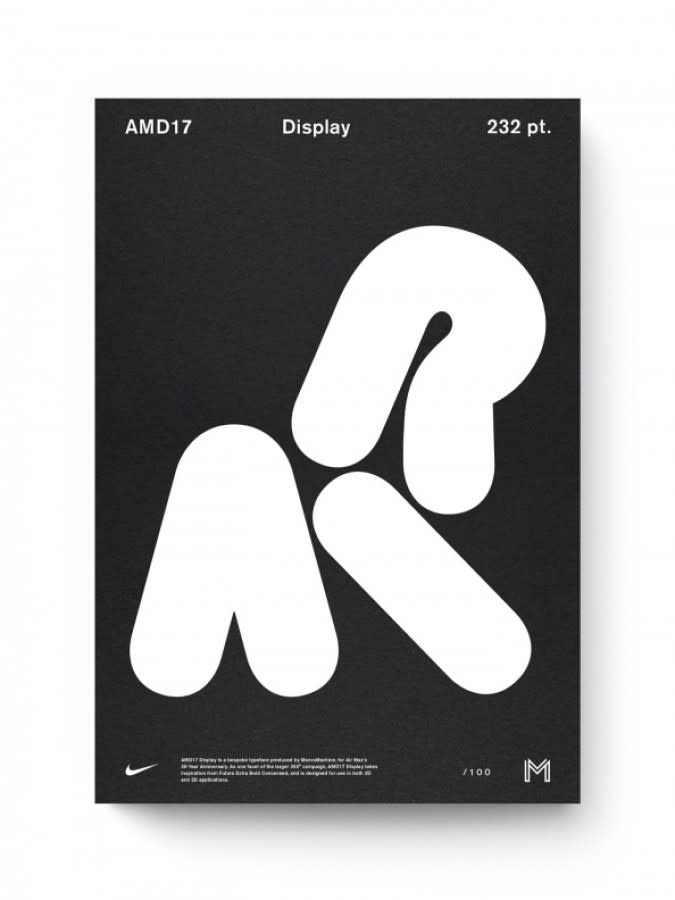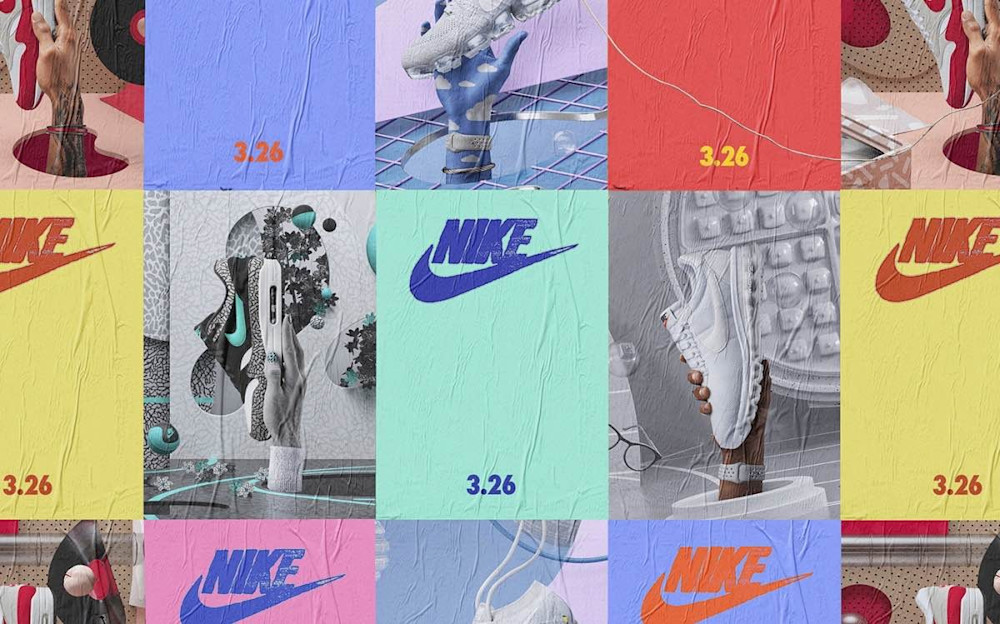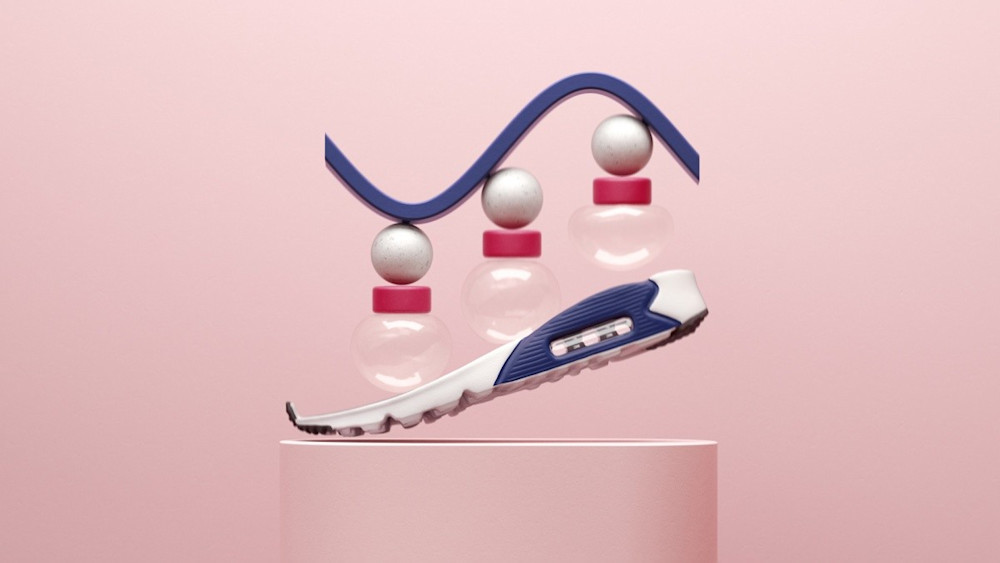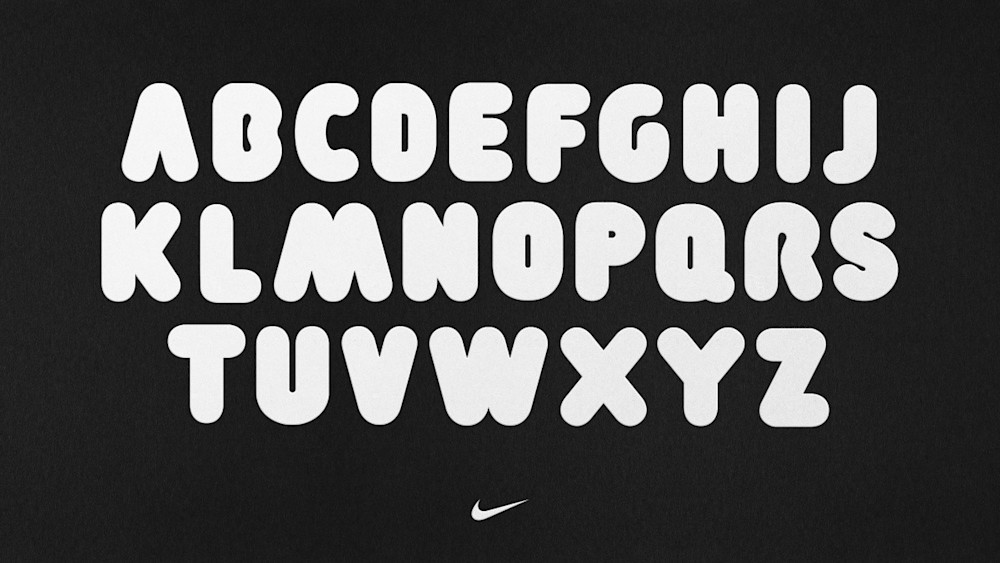Nike Air Max Day: A brief history
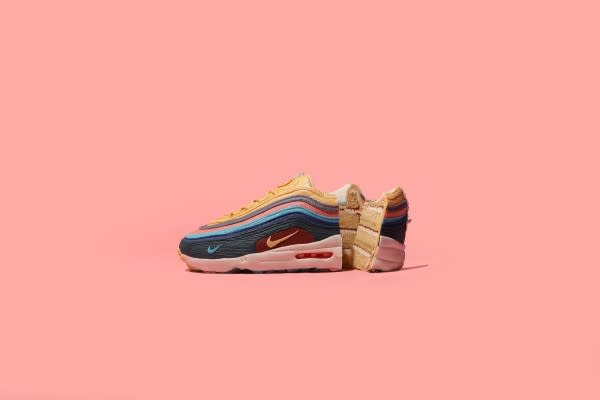
Ahead of Tinker Hatfield’s appearance at Semi Permanent 2018, we look at how Nike activated a global fan base behind one of its most iconic shoe designs.
Tickets available here. Feature image by Bodega.
On March 26th 1987, a revolution began. The Air Max One, a masterpiece in design and manufacturing from the godfather of sneakers, Tinker Hatfield, was released to the world as a revolution in performance technology (in a not so subtle nod, they used The Beatles song of the same name to launch it). Inspired by the inside-out aesthetic of Paris’ Pompidou Centre, it was the first Nike sneaker with a visible airbag and the start of one of the most iconic franchises in the company’s history. 30 years on, and it’s still a staple in any respectable sneakerhead's shoe-rack.
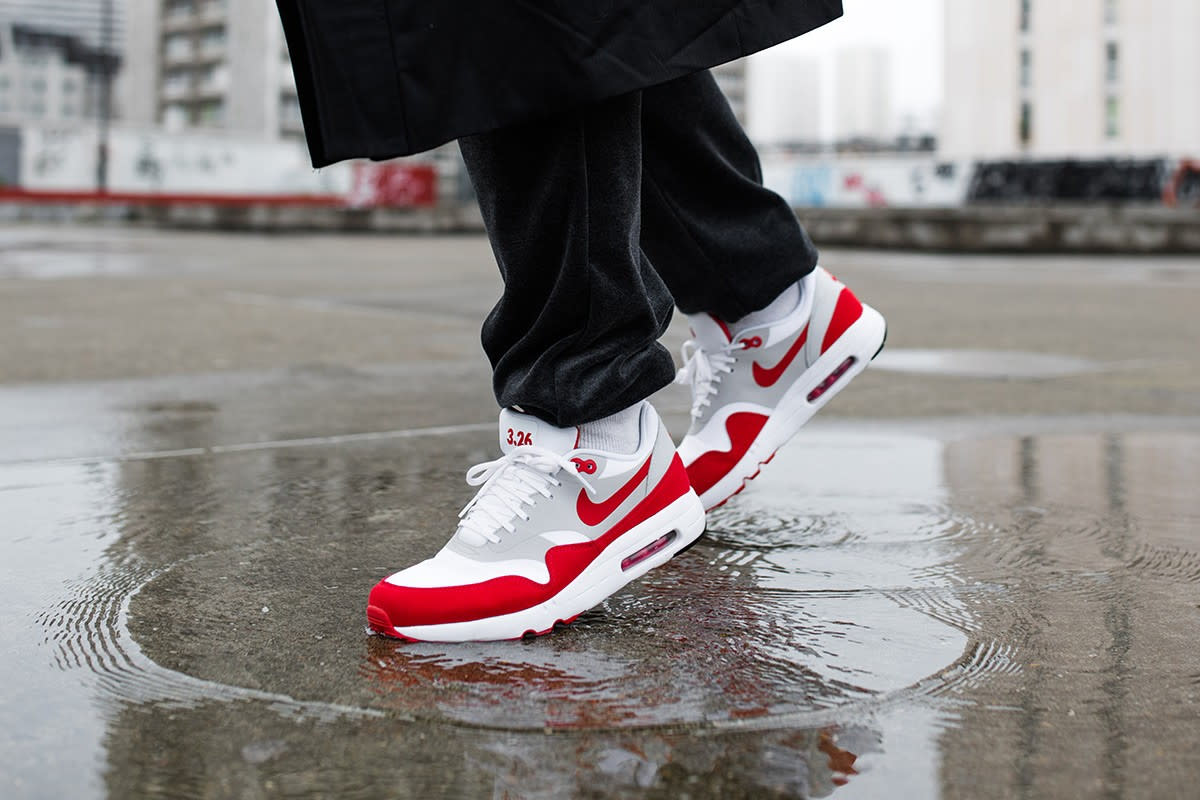
There's much to be said about the influence of the Air Max One on sports and street culture in the years since, but it wasn’t until 2014 that Nike devised a new formula to extend the Max’s legacy even further. It’s something that Nike’s Kevin Coatman (Senior Creative Director, Brand) and Ron Dumas (Senior Creative Director, Brand & Packaging) spoke of consistently at Semi Permanent 2017, though as we approach Air Max Day 2018, we’re seeing it come full circle as the advertising campaign others will be judged by.
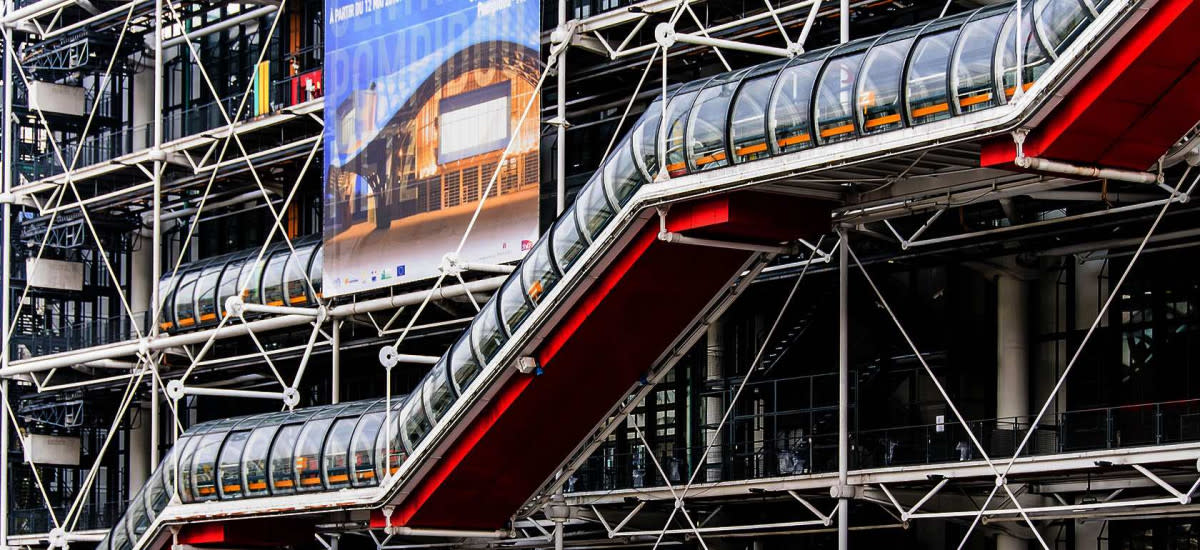
2014: 27 years later...
In 2014 Nike decided to pay homage to the influence of the original Air Max 1 by re-releasing it in a limited-edition run, with two key additions:
1. A new colour in the midsole
2. The numbers 3.26 printed on the tongue.
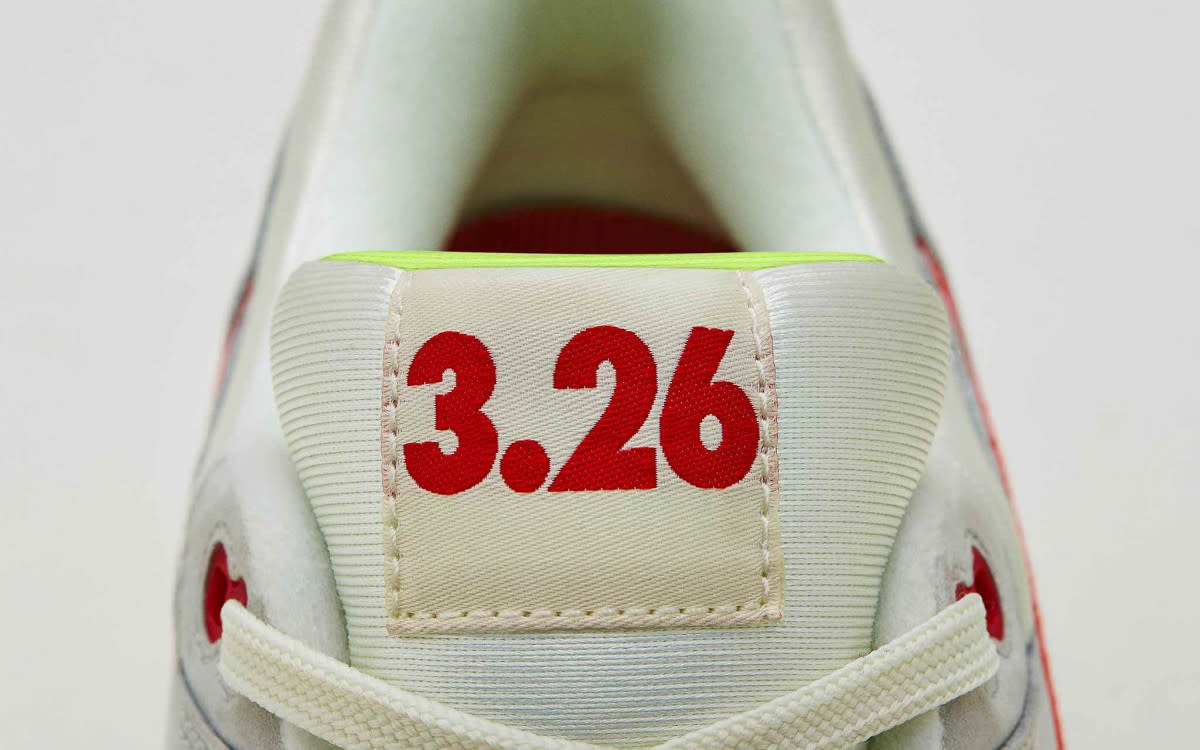
To celebrate, Nike dedicated 24 hours to 27 years of Air Max culture, encouraging Nike fans around the world to go along with it. Air Max owners were directed to don their most coveted colourways (and Instagram the whole thing, naturally). Shanghai played host to an enormous shoebox that revealed all sorts of Air Max memorabilia. And cities from NYC to L.A held their own fan events to commemorate the date. The experiment in community-based celebration led to a reach of 220 million people, 1.9 million video views and Nike's all-time most liked Instagram photo. “The early days were fairly small" recounted Coatman. “It was around 12 posters utilising previous posters, but the main notion was driven by the community. The thing that really took us by surprise was how the media jumped on it.”
And thus, Air Max Day was born.
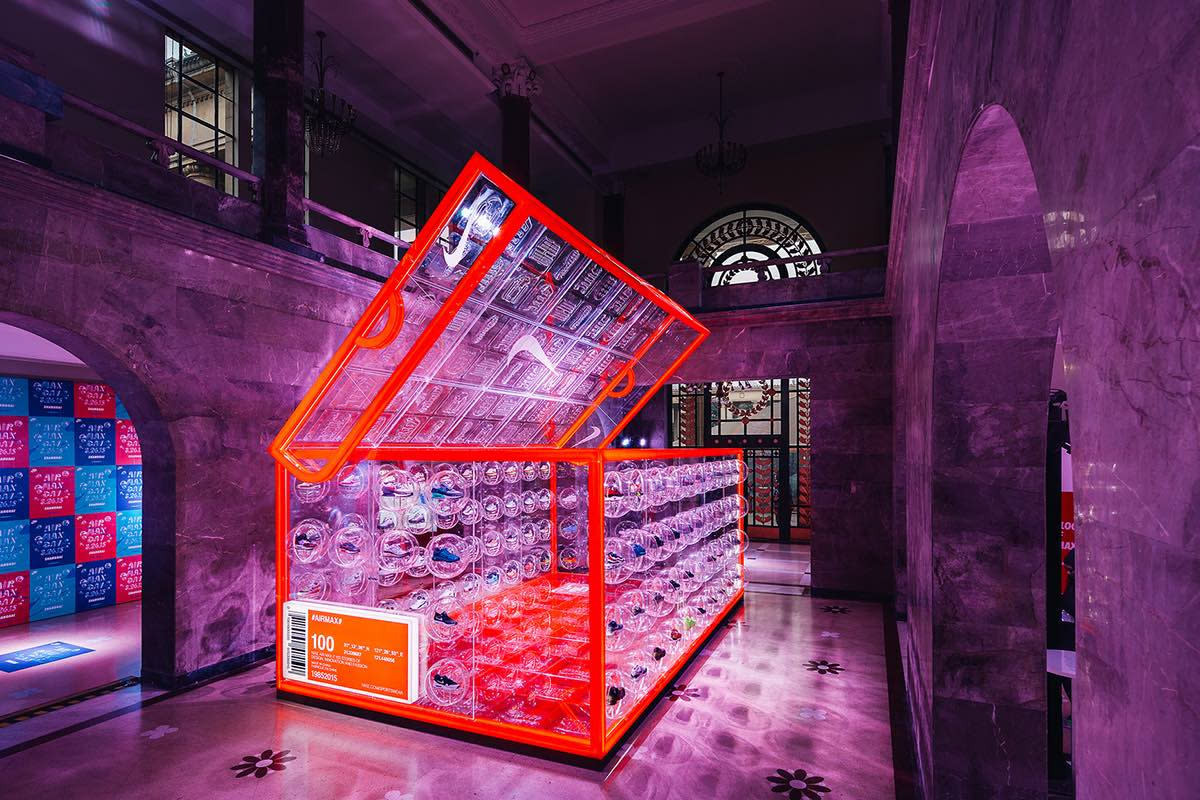
2015: The One before the 1
In 2015 Nike one-upped their previous efforts, digging into the archives to unearth a buried Air Max design that was lost to the manufacturing processes of the time. The Air Max Zero was the centrepiece of 2015’s celebrations, supported with a yet another, bigger global Air Max takeover: Bubbles and boxes popped up in key cities around the world. Launch events were planned in 26 cities (that number not being a coincidence). “Tinker’s desk became a bit of a shrine in our key stores” says Coatman. “And it went crazy. I can’t remember how many Instagram hits we got, but it was far beyond anything they had encountered before.” They even flew the legend down to L.A to unveil an enormous digital shoebox/museum (with lines around the block of just about every Nike store in radius to follow).
“It goes partly to what our mission statement is. Nike has done an amazing job of making the consumer part of the story. Everything from NikeID to social media, where people have a say...there is that bond now that is so much different."
Ron Dumas, Nike
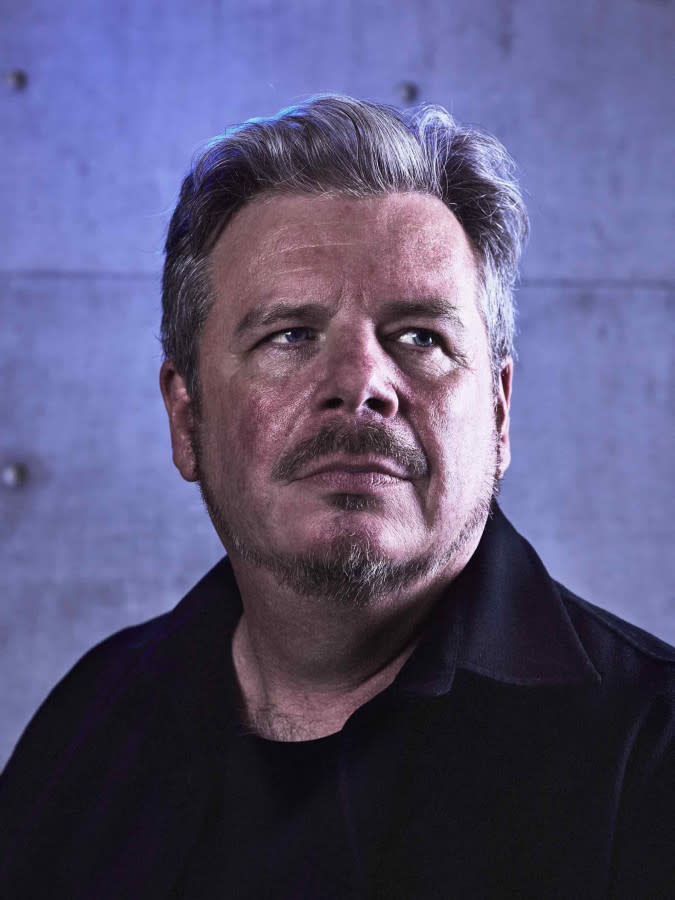

It became clear (and widely reported) that Air Max day was a consumer-led event, dictated by the community and not forced upon by the brand. And while the event was an exercise in community-based marketing, the organic nature of its amplification (just a small amount of media spend and installation costs vs. the global love of the shoe design), was a far more effective tool in reaching a no-bullshit audience. In other words, they made it cool without trying too hard to make it cool.
“We’d be laughed out of the room if we proposed something that wasn’t direct to the consumers needs. We make statements that are quite loud and expressive but it all boils down to either the story of our heritage or something we’re trying to introduce.”
Kevin Coatman, Nike
The idea of ‘rewinding’ the Air Max was distilled into a video designed and animated by London studio Man vs. Machine.
2016: HTM
Three years of Air Max Day. Three new shoes. For Air Max Day 2016, Nike continued to up the ante with the HMT series — three separate shoes by long-time collaborators Hiroshi Fujiwara (Fragment design), Tinker Hatfield (Nike Vice President of Design and Special Projects) and Mark Parker (Nike CEO and President — “It’s pretty cool that he still designs shoes.” says Coatman). A series of short films, once again produced by Man vs. Machine, introduced each designer in a Wonka-like fashion to mark the occasion.

2014: Wear your Air
2015: Share your Air
2016: Make your Air
2017: Raise your Air
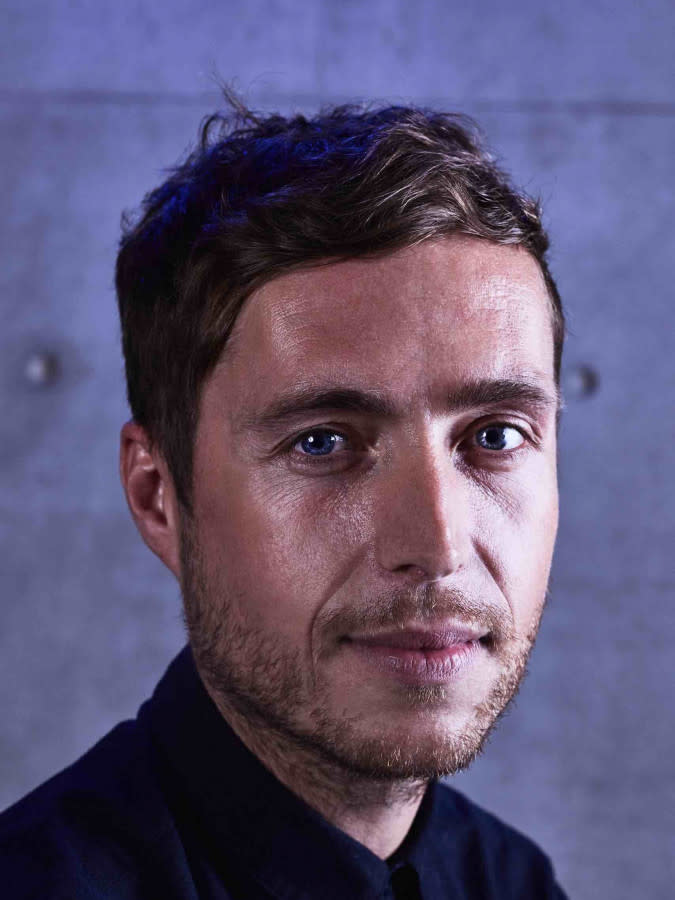
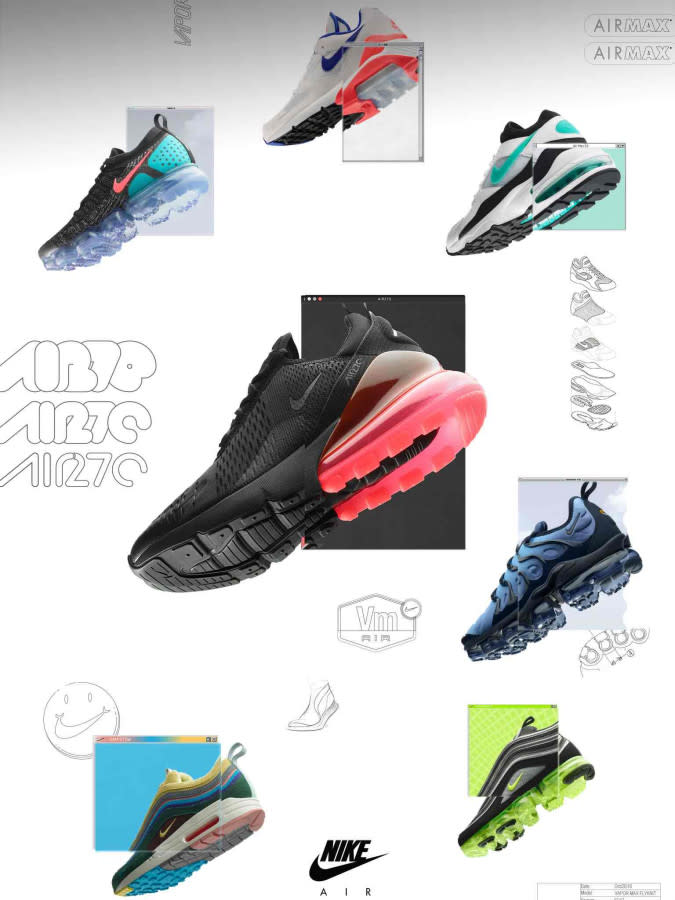
With the tagline ‘Make Your Air’, Nike put the tools in the consumer's hands, overhauling NikeID in-line with Air Max language while cutting the manufacturing time from five weeks to just two — Coatman refers to it as an “amazing opportunity to have a two-way conversation with our consumers”.
They travelled around the globe, interviewing nine of the biggest Nike sneaker collectors to find out what makes the shoe so great (“some of these people have 40-50,000 shoes”). And they set up seven ‘Sneakercon’s’ around the world to showcase super-rare Air Max designs while allowing seasoned collectors to buy/sell their own.
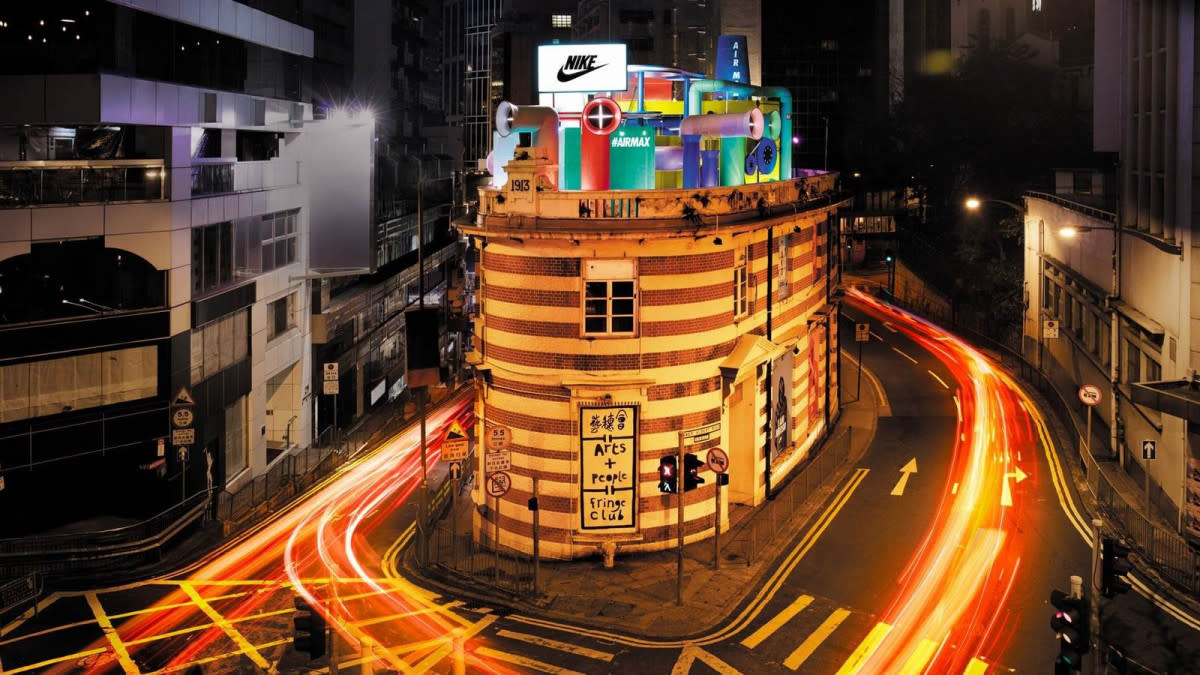
2017: The 30th anniversary
The 30th anniversary of the Air Max featured so many moving parts, they had it make it a month just to accommodate.
This year the approach was split in two. The first half was centered around releases requested by the Nike community — for example, adding fly knit technology to the Air Max 90, re-releasing the LD1000 in lightweight materials, releasing the Air Max 1 OG in its original University red and blue colourways, and they even had a community vote to decide which iteration of the Air Max 1 should be bought back into production (the Atmos Elephant won out) as well as a future iteration of the shoe designed by a selection of influencers across art, music, fashion and design. 2017 also saw the release of the Nike Air Max Vapormax, the lightest and most flexible Air Max to date. Speaking on the groundbreaking shoe, Coatman and his team felt that while the Air Max 1 had permeated itself in street culture “it was time to go full circle and give runners a reason to love the Max again.”
Plus it included the best damn motion design we’ve seen in a while…
The second half was a series of events and takeovers all over the world. This included (but was not limited to): a block party in L.A with Travis Scott; a full Times Square billboard takeover in NYC; the opening of Nike Airland in China; a Nike national treasures museum in Japan; more shoe releases; and in a return to where it all began, a takeover of the Pompidou Centre in Paris in homage to the very first Air Max 1. Oh, and they sent a Vapormax to space, because Nike.
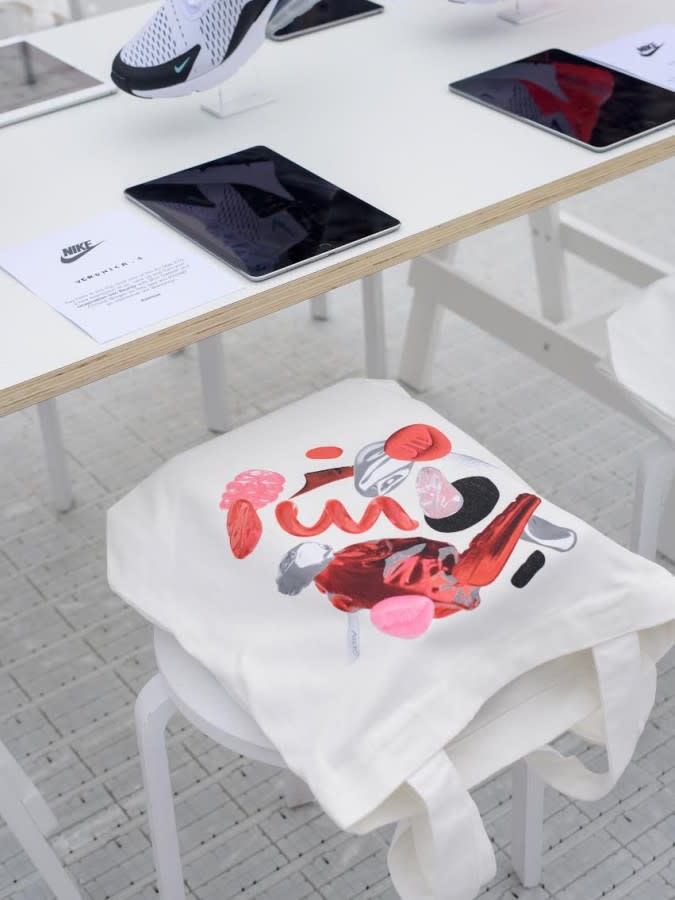
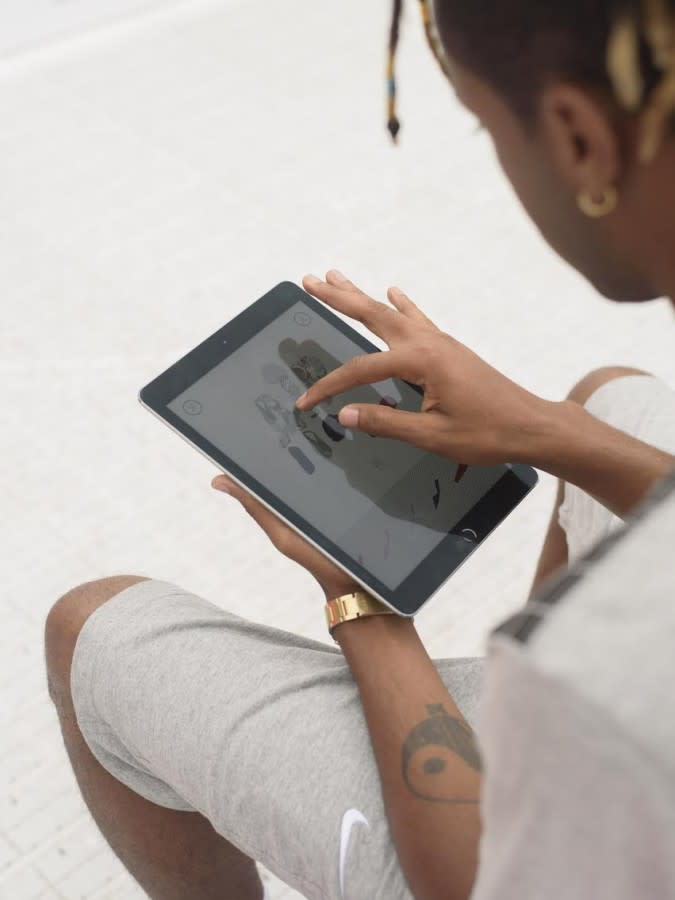
Tinker Hatfield once said ''We don't treat shoes as apparel items only, but as part of the fabric of our time.” Air Max Day is a celebration of good design and good culture; of a company that knows its place in its own community, and then how to make them excited about the broader group they belong to. It’s why Nike’s cultural capital is still valued in the billions, and why Tinker Hatfield, 30 years later, is still considered the godfather of sneaker design.
Tinker Hatfield speaks at Semi Permanent Sydney 2018, May 24-26, Carriageworks.
